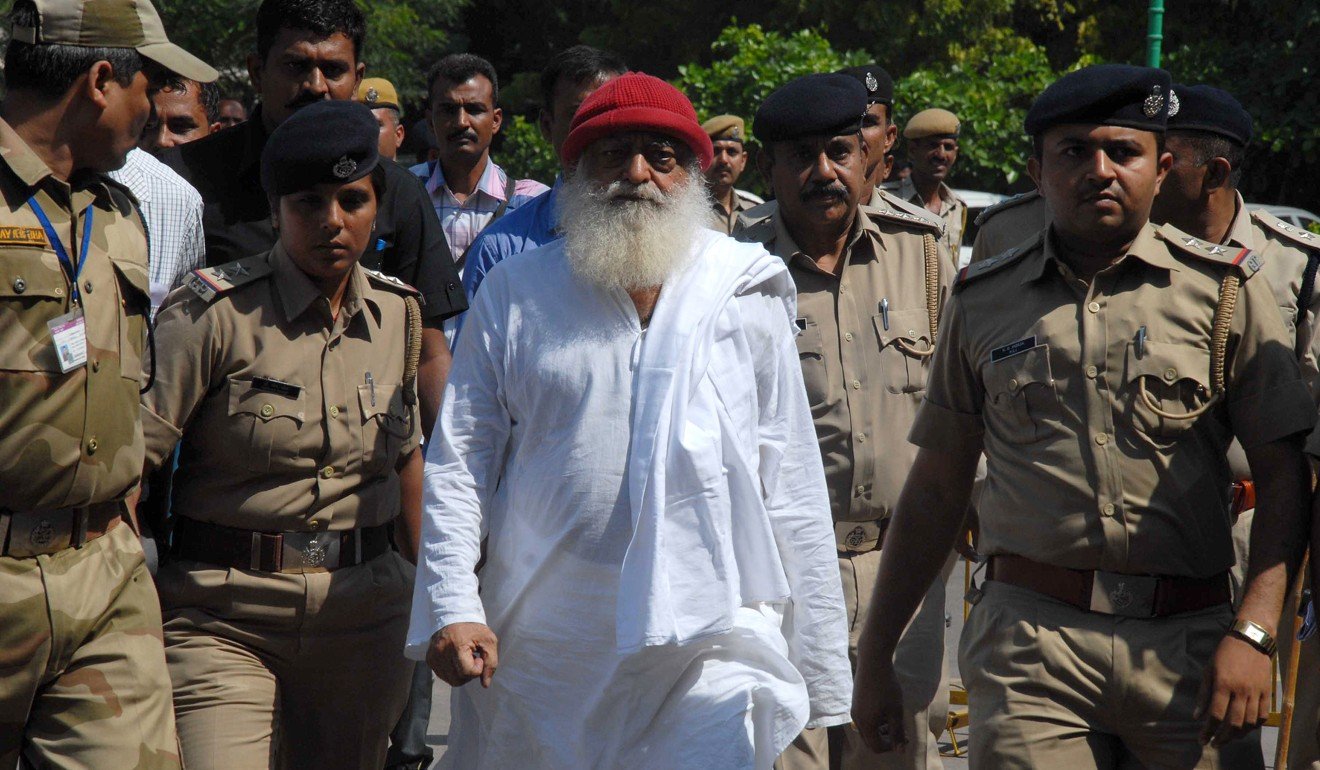"Hundreds of residents on the New South Wales South Coast are calling for a convicted paedophile and cult leader to be prevented from returning to live in the region. William Costellia-Kamm – also known as "Little Pebble" – is the founder of a sect he calls the Order of Saint Charbel and claims to be a prophet who speaks directly to Jesus Christ and the Virgin Mary.The 70-year-old was convicted of sexually assaulting two teenagers he referred to as his "spiritual wives" in the 1990s and had been living in Sydney since he was paroled in 2014 having served more than nine years of his 10-year prison sentence.Late last week he was granted permission by the NSW Supreme Court to return to his commune at Cambewarra, in the Shoalhaven region."The risk which the conditions need to manage is the risk of further serious sex offending," Justice Stephen Campbell said."
"He is no god, he died in 1918," the middle-aged man declares, looking into the camera. "He was Muslim."Attacking members of religious minorities and taking a hammer to an idol in a Hindu temple are acts inspired by the same ideology that promotes a pure, militant version of Hinduism, say sociologists.The demolition "seeks to produce the 'others' of Hindus that may not actually exist in real life," said Sanjay Srivastava, a professor of sociology at Delhi University. "Those who say that such and such person should not be worshipped within the premises of a temple because he was Muslim (which may or not be true, but that is not important) want a version of Hinduism which has a single origin and a clear history."
Matthew Remski: Reggie Ray Spiritualizes The Terror of Disorganized Attachment in Relation to Trungpa
A textbook example of how the terror of disorganized attachment – as analyzed by cult survivor and researcher Alexandra Stein – can be framed as a spiritual necessity.
" ... Ray succinctly provides a perfect vignette of the terror-euphoria cycle that characterizes the trauma bonding that Stein argues is central to cultic coherence. Of course this is not his framework. He's telling the story as a kind of hero's journey that has the secondary advantage of justifying a continuation of these dynamics within his own circle."
News, Education, Intervention, Recovery
Intervention101.com to help families and friends understand and effectively respond to the complexity of a loved one's cult involvement.
CultRecovery101.com assists group members and their families make the sometimes difficult transition from coercion to renewed individual choice.
CultNEWS101.com news, links, resources.
Cults101.org resources about cults, cultic groups, abusive relationships, movements, religions, political organizations and related topics.
Selection of articles for CultNEWS101 does not mean that Patrick Ryan or Joseph Kelly agree with the content. We provide information from many points of view in order to promote dialogue.
Please forward articles that you think we should add to CultNEWS101.com.










